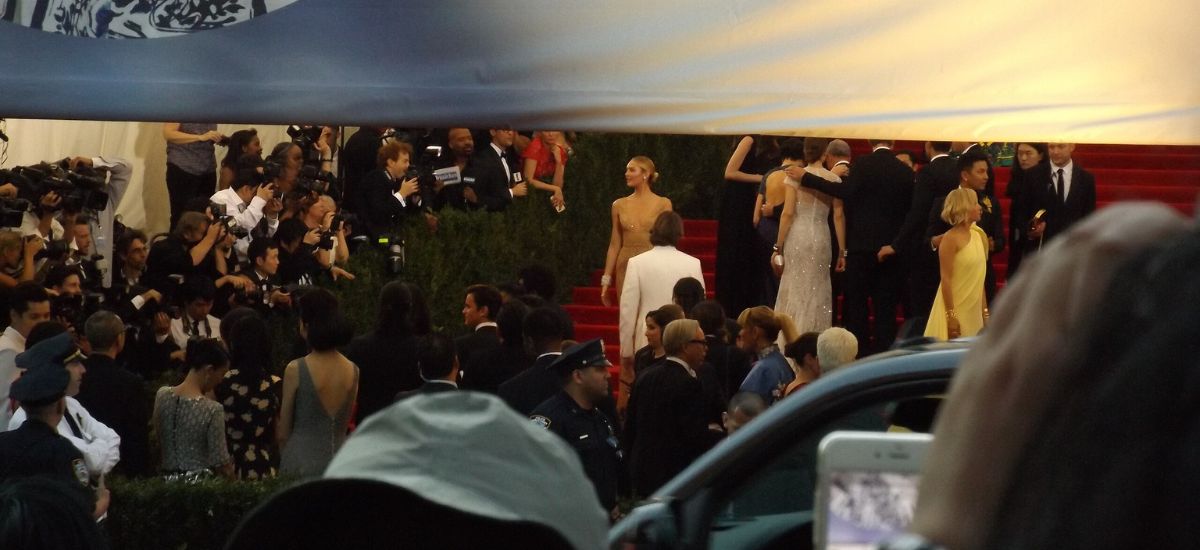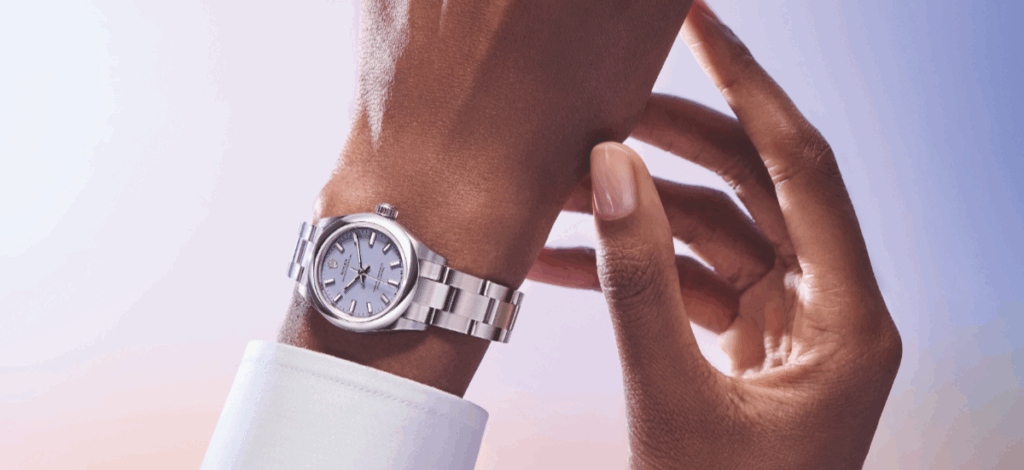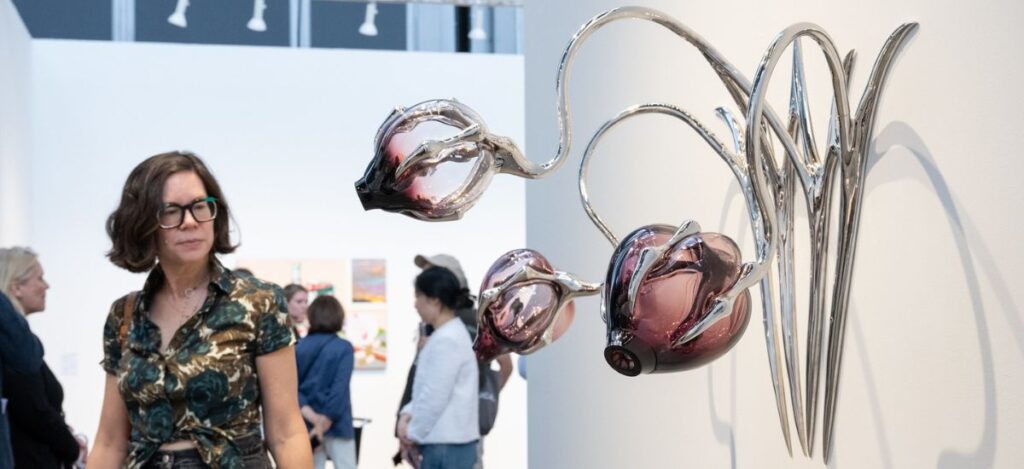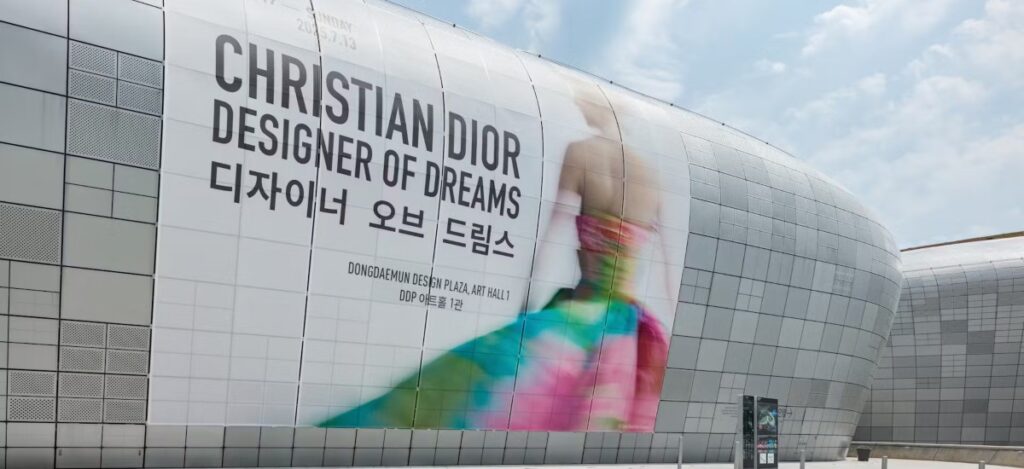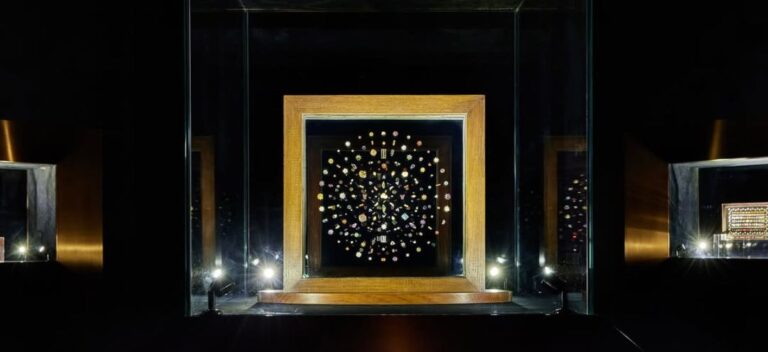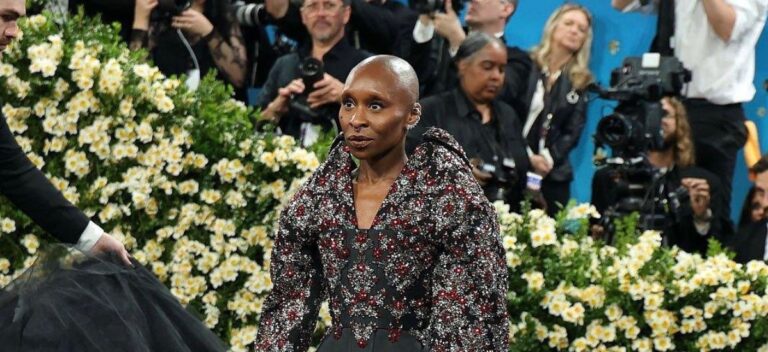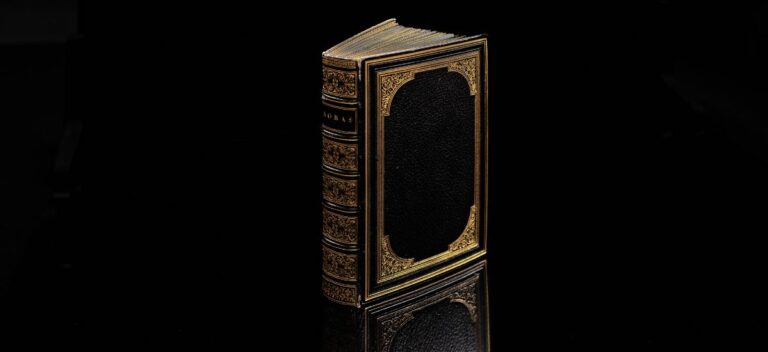Picture this: New York, 1948. Fashion publicist Eleanor Lambert corrals the city’s style elites for a midnight chicken‑salad supper at the Waldorf‑Astoria, raising funds for the fledgling Costume Institute of the Metropolitan Museum of Art.
Flash‑forward to 2025 and that humble benefit has morphed into the Met Gala—a global pop‑culture juggernaut where tickets can cost more than a compact car and livestreams rival award‑show ratings.
What happened in those 77 whirlwind years? Let’s pull back the velvet rope and find out.

